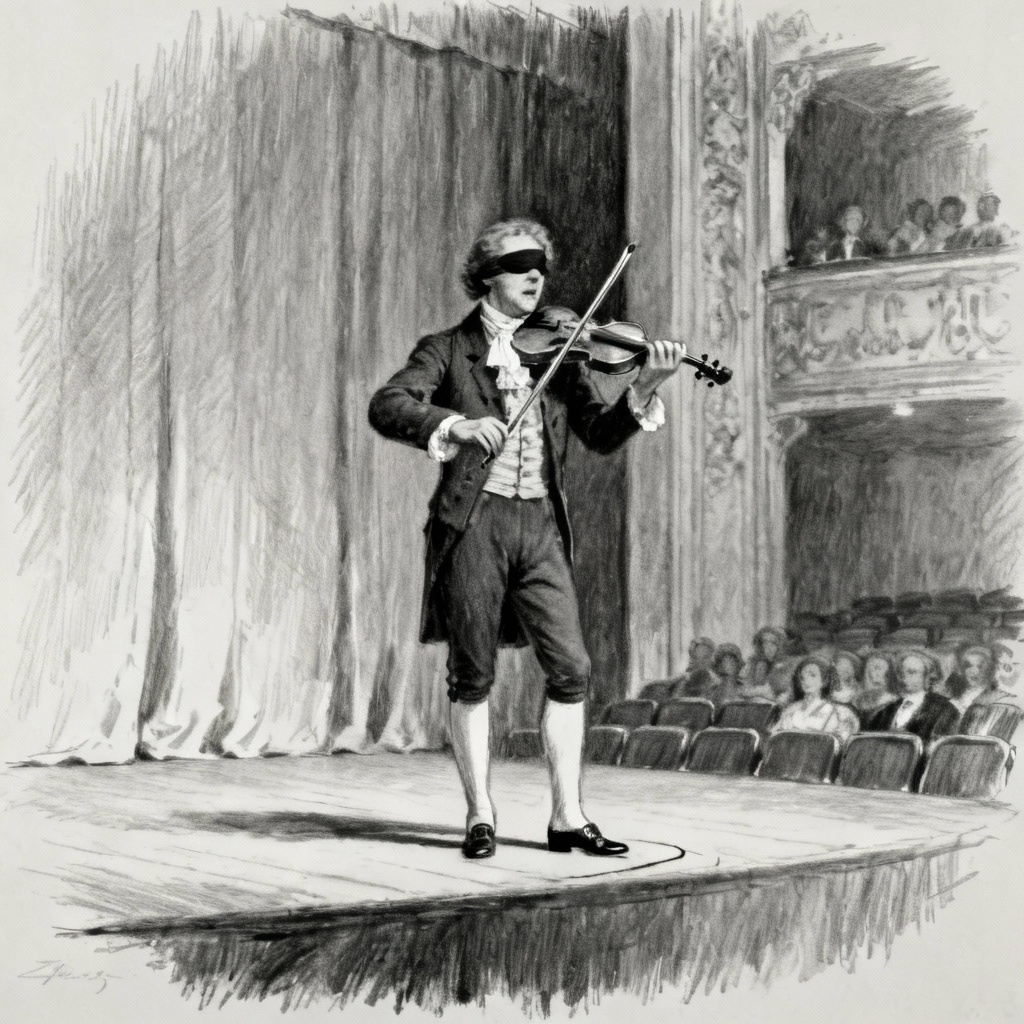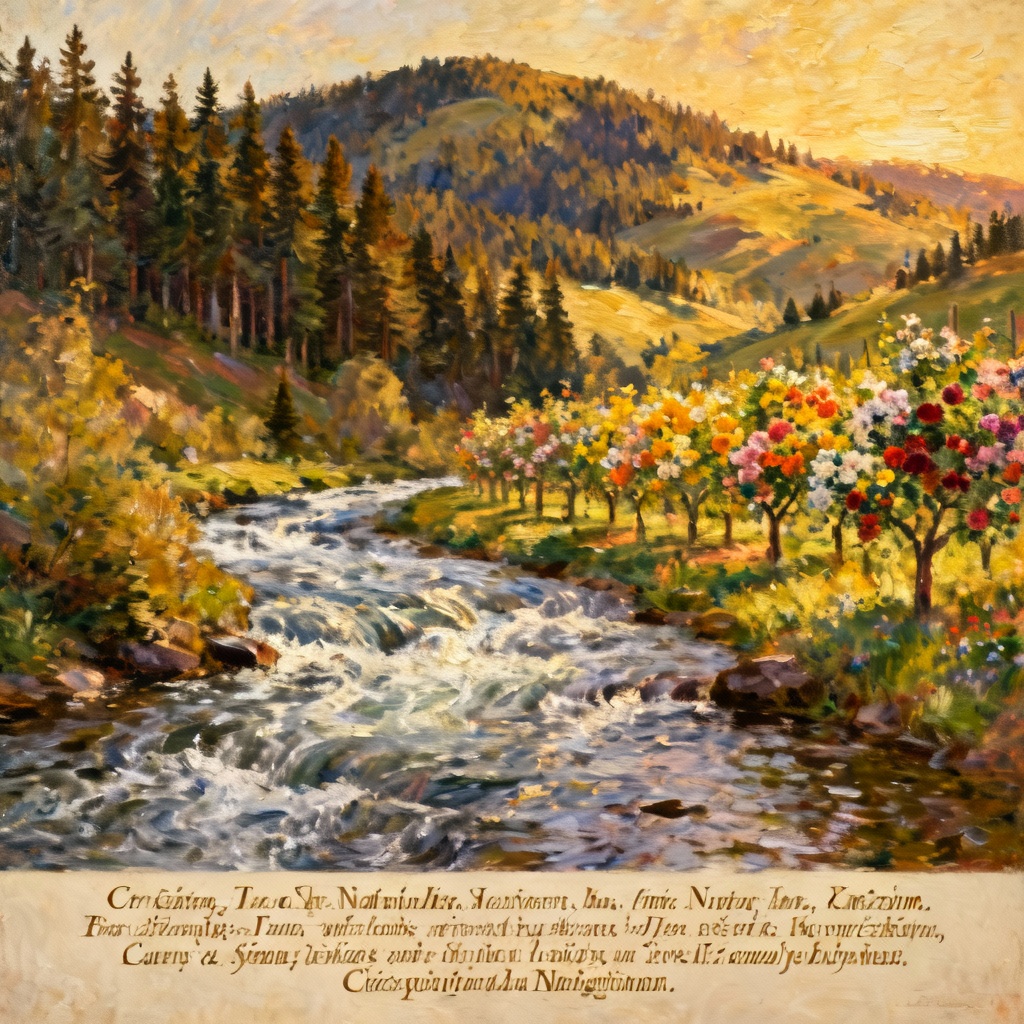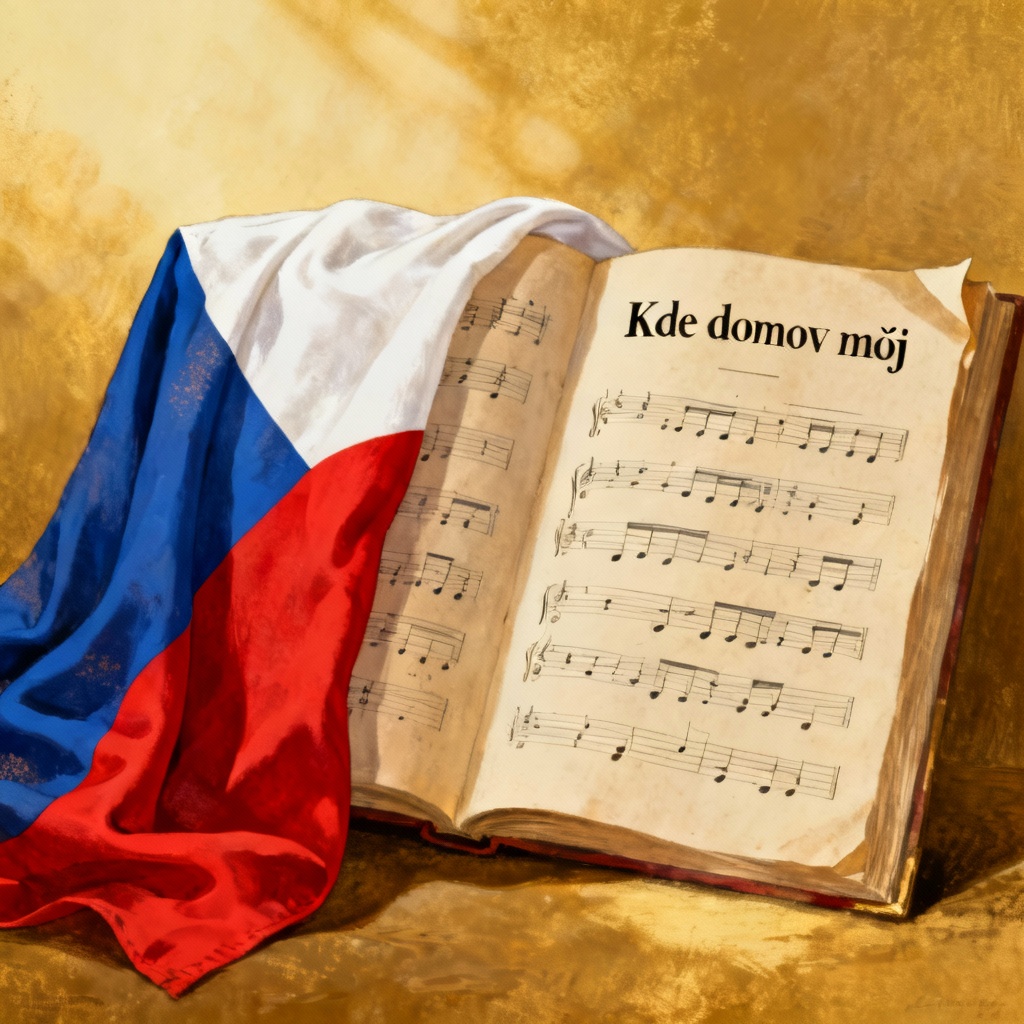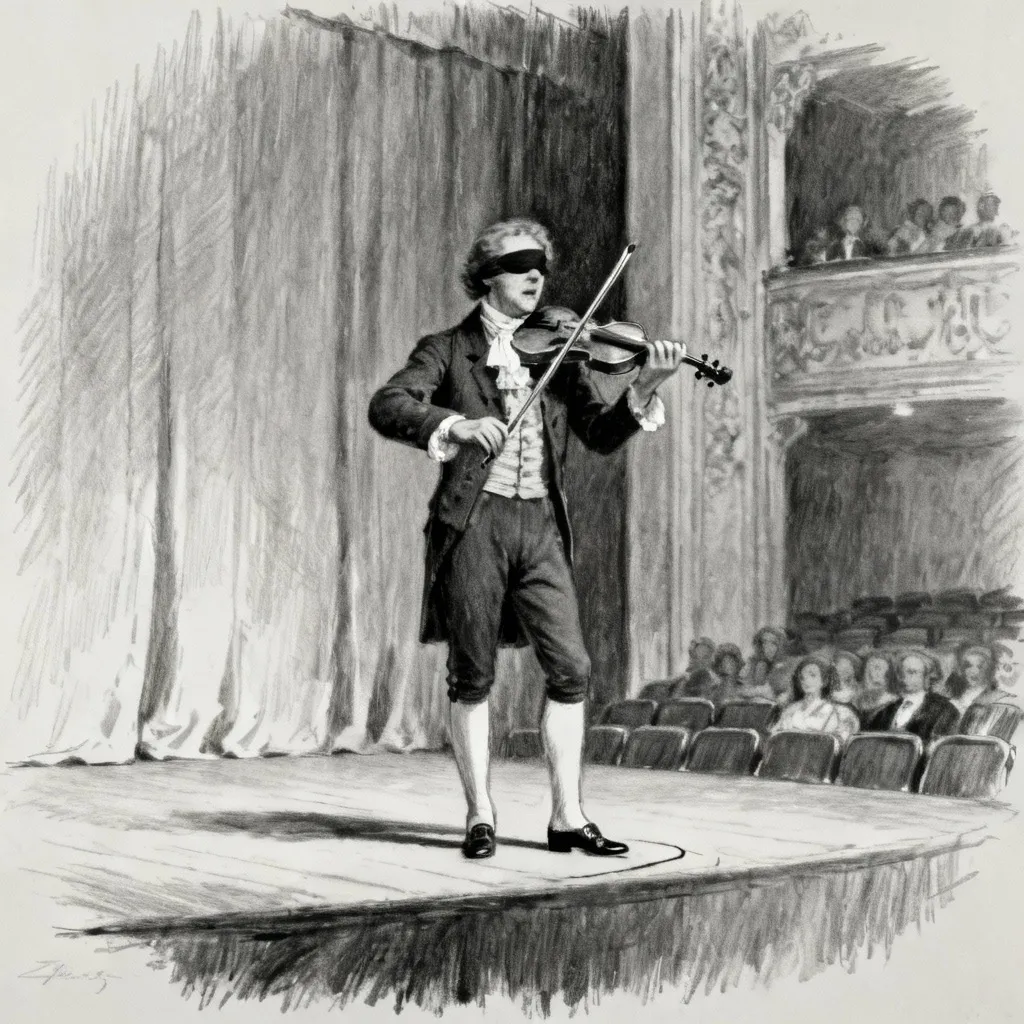Kde Domov Můj: The Complete History and Meaning of the Czech National Anthem
Introduction: The Resonating Melody of a Nation
The Czech National Anthem, Kde domov můj, holds a revered place at the very heart of the country's national identity, yet its origins are surprisingly humble and theatrical. Translating directly to "Where is My Home?" or "Where My Home Is," the anthem is not a soaring, battle-cry march but a more reflective, gentle, and introspective melody that ponders the beautiful Czech land. This evocative composition encapsulates the deep connection the Czech people feel for their landscape and heritage, especially important considering its rise to prominence during periods of cultural and political suppression. The song’s historical significance lies in its power to preserve Czech language and culture through the 19th-century Czech National Revival. This article will explore the fascinating origin story, dissect the powerful yet serene Czech Republic anthem meaning, and trace the song's unexpected history of Czech National Anthem evolution from a modest stage play to the ultimate symbol of a modern nation.
The Anthem's Birth: A Theatrical Origin Story (1834)
František Škroup and Josef Kajetán Tyl: The Composer and Playwright
The creation of Kde domov můj is credited to two pivotal figures in the Czech cultural revival: playwright Josef Kajetán Tyl and composer František Škroup. Both men were dedicated to promoting the Czech language and theatrical arts at a time when German dominated the public sphere of the Habsburg Monarchy. Their collaboration unintentionally resulted in the enduring musical representation of the nascent Czech nation.
The Setting: Composed for the Comic Opera 'Fidlovačka, or No Anger and No Brawl'
Kde domov můj was initially conceived as an incidental song for the 1834 comic opera Fidlovačka aneb Žádný hněv a žádná rvačka. The opera's title, often shortened to Fidlovačka, refers to an annual celebration of Prague's shoemakers' guild. It was performed at the Estates Theatre in Prague on December 21, 1834, depicting scenes from the life of the city's dual-language culture.

The Initial Context and Reception of the Song
In the original theatrical production, the song was performed by a blind fiddler named Marek, a character whose melancholy contribution was integral to a poignant moment in the otherwise comedic work. Interestingly, Josef Kajetán Tyl was initially unsure about the song’s quality and even considered removing it from the play. However, upon its first performance, the song immediately struck a powerful chord with the Czech-speaking audience. It quickly resonated beyond the theater's walls, acquiring a life of its own as an unofficial expression of Czech patriotic sentiment. It came to symbolize a national awakening, spreading rapidly in popularity at the height of the history of Czech National Anthem development.
A Poetic Interpretation: Deep Dive into 'Kde Domov Můj'
The Literal and Emotional Translation: 'Where is my home?'
The very title, Kde domov můj (Kde domov můj meaning), a question, instantly sets an emotional and slightly searching tone for the piece. While literally translating as "Where is my home?," this opening line evokes a deeper feeling of longing, attachment, and definition of one's homeland. It grounds the ensuing poetry in an internal contemplation rather than an outward display of might, defining a fundamental characteristic of Czech identity.
Analysis of Stanza One: Glorifying the Czech Landscape and Peace (Rivers, Mountains, Meadows)
The first stanza is entirely devoted to the unromanticized, breathtaking physical Bohemian landscape, portraying the land itself as a true paradise. The verses paint a picture with tranquil natural imagery. It speaks of "Streams are rushing through the meadows" (Voda hučí po lučinách), and "Midst the rocks sigh fragrant pine groves" (bory šumí po skalinách), culminating in the description of the land as an "earthly paradise to see" (zemský ráj to na pohled!). This focus on peace, beauty, and the serenity of the earth reflects the Czech Republic anthem meaning as a hymn of the land, a profound contrast to the battle hymns of many other European nations.

The Exclusion of the Second Stanza: The Anthem's Current Shorter Form
The original Fidlovačka song contained two verses, a distinction vital to its contemporary structure. While the first stanza celebrates the natural beauty of the land, the often-excluded second verse delves into the character of the people—praising those with a "gentle soul in a brisk body" and a "clear mind". The official Czech National Anthem is limited exclusively to the beautiful and concise first stanza, highlighting the nation’s core attachment to its natural heritage.
From Regional Ballad to National Symbol: Political Evolution
Adoption during the Czech National Revival (19th Century)
From its premiere in the 1830s, the song’s powerful evocation of the Czech environment transformed it from a piece of dramatic music into an unofficial rallying cry during the Czech National Revival. This movement sought to reassert Czech culture, language, and national self-awareness within the dominant Austro-Hungarian Empire. Kde domov můj served as a simple yet effective statement of belonging and cultural persistence.
Co-Existence: The Anthem's Role in the Czechoslovak Republic (Shared with the Slovak Anthem)
When the independent state of Czechoslovakia was founded in 1918, a new and unique anthem was adopted that reflected its dual national composition. This Czechoslovak National Anthem became a bilingual, two-part composition. The first part consisted of the first stanza of Kde domov můj, performed in Czech. This was immediately followed by the first stanza of the Slovak patriotic song, Nad Tatrou sa blýska (“Lightning over the Tatras”), performed in Slovak. This structure served as a beautiful, albeit complex, musical compromise, reflecting the union of two distinct cultures.
Post-1993: Becoming the Sole and Official Anthem of the Czech Republic
The peaceful dissolution of Czechoslovakia on January 1, 1993, necessitated the final evolution of the two anthems. Following the 1993 split, the new Slovak Republic chose Nad Tatrou sa blýska as its solo anthem (extending it with a second stanza), while the newly formed Czech Republic adopted Kde domov můj as its exclusive and sole state symbol. Critically, the Czechs formally adopted only the existing first, land-focused stanza, keeping the short, tranquil form intact.

Modern Significance and Cultural Impact
How 'Kde domov můj' is Heard Today (Sports, Ceremonies, Public Life)
Today, Kde domov můj continues to play a vital, active role in Czech culture. The melodic phrase is played not just during presidential inaugurations or military parades, but it truly soars in the realm of competitive sports, where it is often performed at ceremonies, championships, and particularly the Olympic Games. These high-profile moments instantly recall its deep modern relevance, bringing the quiet power of the anthem to a global stage.
The Emotional Weight of the Anthem for Czech Emigrants and the Diaspora
For Czech people living abroad, the song’s nostalgic and gently questioning quality—"Where is my home?"—takes on an especially profound anthem impact. Its calming, reflective melody offers a direct and deeply personal link back to the imagery of the motherland’s streams and pine groves. It acts as a succinct musical embodiment of cultural belonging.
Symbolism: The Anthem as a Reflection of the National Character
The nature of the anthem itself, with its slow tempo, tranquil melody, and non-bellicose lyrics, is often cited as a reflection of the prevailing Czech national character. Unlike the dramatic, militaristic anthems of some neighboring nations, Kde domov můj focuses on peace, the beauty of the homeland, and a resilient, enduring human spirit. Its quiet devotion suggests a national strength found in beauty and calm rather than conquest and fanfare.
Conclusion: The Enduring Voice of Czech Identity
Kde domov můj has journeyed far from the theatrical footlights of the Fidlovačka stage in 1834. It evolved from an accidental theatrical hit, surviving an initial lack of confidence from its own writer, Josef Kajetán Tyl. The song grew organically to become a patriotic ballad during the Czech National Revival before its official recognition as part of the Czechoslovak national composition.
Today, the single, concise stanza of the Czech National Anthem stands as the official musical emblem of the Czech Republic, defining the nation not through a recounting of historical victories but through its simple, spectacular landscape. Its core message is one of profound, peaceful appreciation—a resilient definition of Kde domov můj—proving that for Czechia, home is an "earthly paradise to see," celebrated in a quietly powerful hymn.
